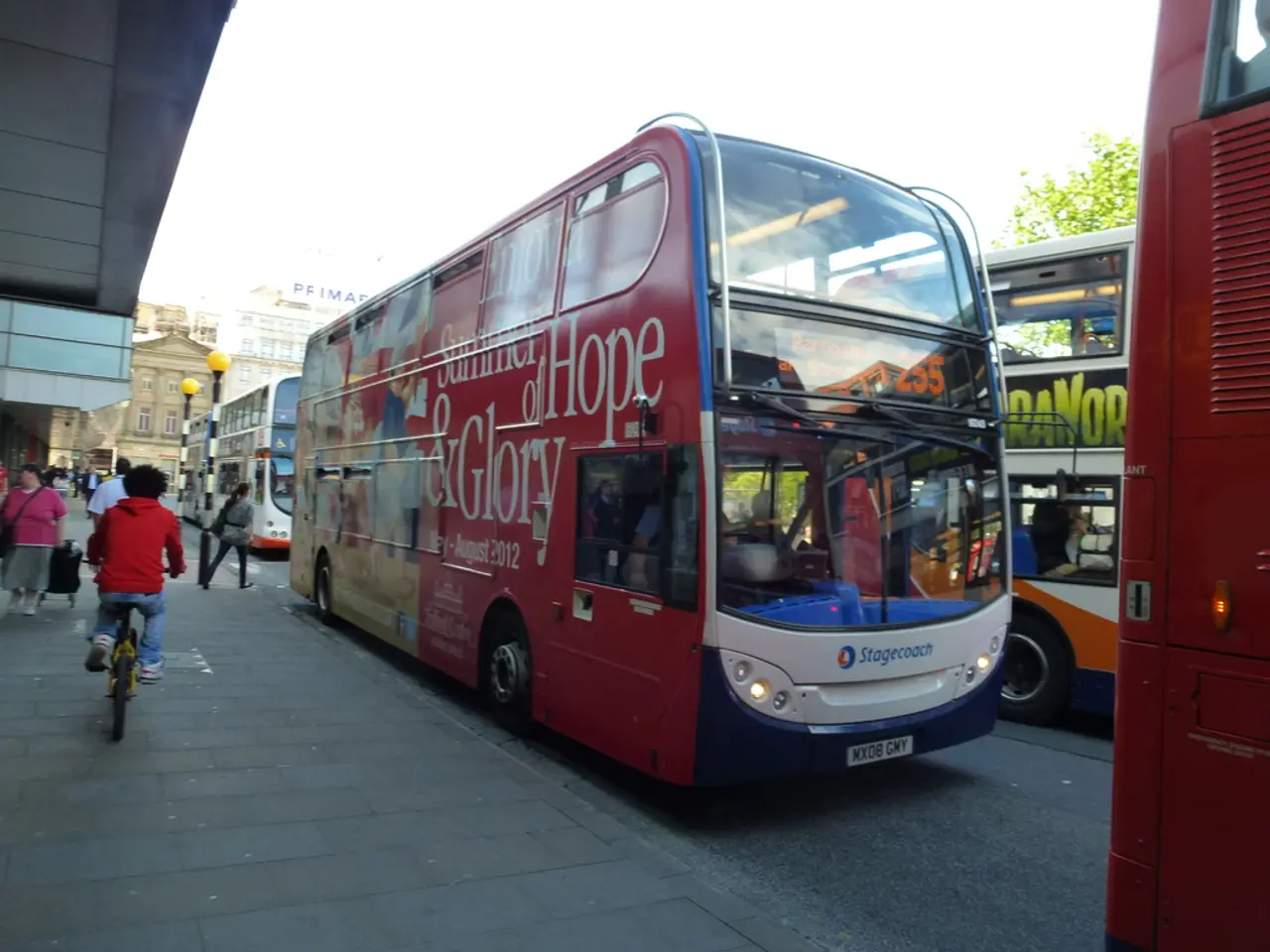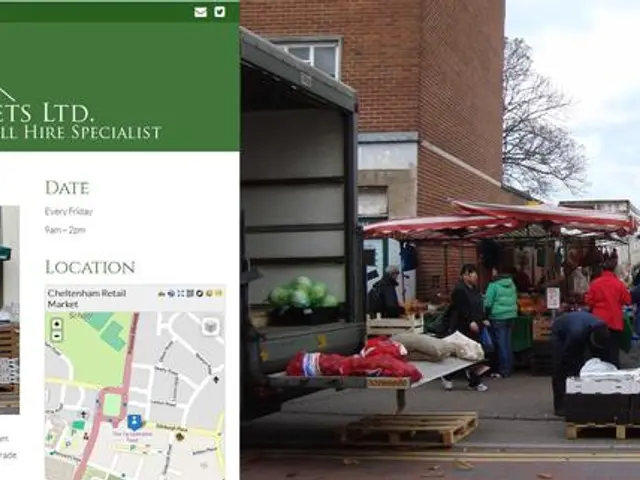Nearly one-fourth of Seoul's citizens devote more than two hours daily to their daily commute
Long Commutes Plague Seoul, but City Tackles the Issue Head-On
A new survey reveals that the high cost of housing in Seoul is driving many residents to live further away, resulting in longer commutes. The average one-way trip to work or school in the city is 34.5 minutes, with 13.5% of respondents commuting at least one hour in a single direction, meaning over two hours of daily travel.
The survey, conducted by the Seoul Institute, the municipal government's primary policy research body, found that 0.6% of respondents commute under 10 minutes one way, while 13.3% travel 10 to 20 minutes, 21.3% travel 20 to 30 minutes, and 25.6% travel 30 to 40 minutes.
The high cost of housing in central Seoul is identified as the primary factor for longer commutes. Rapid urban expansion and soaring real estate prices have pushed more households to Seoul's peripheral neighborhoods and into Gyeonggi Province. The outer districts, such as Yangcheon-gu, Gangdong-gu, Gangbuk-gu, and Dobong-gu, have fewer direct transport links to central Seoul, contributing to longer commutes.
To manage and mitigate these long commute times, several strategies have been implemented. Locals prioritize residences that ensure a maximum commute of about 45 minutes via public transportation, preferring direct subway lines with minimal transfers, and often testing commute times during rush hours to optimize housing choices for shorter commutes.
Seoul emphasizes proximity to subway stations (ideally within a 10-minute walk) and a diverse bus network that improves accessibility. Late-night transportation options also help reduce commute burdens. Residents often plan backup transport options to avoid disruptions, and urban planning aims to improve active travel modes (walking, biking), which benefit overall commute efficiency and reduce congestion.
Housing market and policy adjustments encourage mixed-use developments and transit-oriented housing to bring residences closer to workplaces and education centers, thus aiming to shorten average commute distances. While Seoul faces rising rental prices driven by demand and housing shortages, these policies aim to address the issue.
In a separate big data study, an average of 35.3 minutes was recorded during the morning rush hour in 2024, nearly identical to the survey's findings. The longest commutes are concentrated in the capital's outer districts. However, the recent introduction of the Great Train eXpress (GTX), a high-speed suburban rail network, is expected to shorten some of these trips.
Despite the efforts to reduce commute times, South Korea's commutes remain among the longest in the developed world, with an average one-way commute of 58 minutes, compared to the OECD average of 28 minutes (2016 study). The survey covered a sample of 20,000 households in Seoul, representing 35,881 individual residents.
A 2025 report by the Seoul Institute showed that commutes of over two hours have fallen, likely due to expanded express bus routes and faster rail services. Additionally, provincial residents were willing to pay an average of 330,000 won per month to reduce their commute by 30 minutes, according to a study by the Gyeonggi Research Institute in 2017.
Each extra hour of commuting per day costs around 940,000 won ($678) per month in lost time and productivity, according to the Korea Transport Institute (2013). As Seoul continues to grow and develop, it remains committed to finding solutions to address the challenges of long commutes.
[1] Seoul Institute (2023). Commuting Patterns in Seoul. [2] Seoul Metropolitan Government (2019). Seoul Mobility Vision 2030. [3] Ministry of Land, Infrastructure, and Transport (2015). Transit-Oriented Development Guidelines. [4] Hong Kong Government (2018). Land-Value Capture Financing for Transit-Oriented Development.
In the context of Seoul's efforts to reduce long commutes, the city has prioritized residences close to subway stations and a diverse bus network, as well as implemented strategies like planning backup transport options to avoid disruptions (1). Furthermore, the government has emphasized the importance of mixed-use developments and transit-oriented housing to bring residences closer to workplaces and education centers, with the aim of shortening average commute distances (2).




